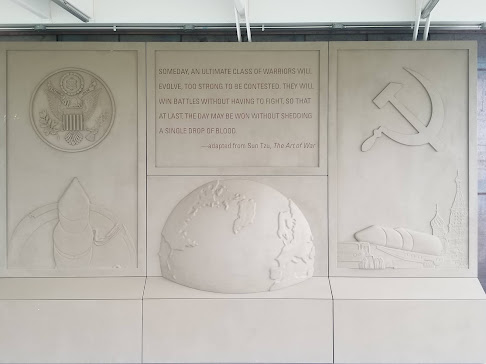Potions, Armor, and Attachments

Last night Kevin and I actually met in person and managed to hammer out some details regarding potions, attachments, and armor mechanics. One of the perks with working at our current rate is the ability to spot deficiencies in the game versatility, create and/or modify the current material to cover the gaps, and fill in the missing in formation. Honestly, it’s the best part of the creation process. As soon as we opened the new work I'd created, he began ripping it apart. "This doesn't make sense.", "Explain why this is relevant.", "What happens for fails?", "I think this is weak. Would you be willing to consider this. . .?", and a million other critiques. And I soaked it all in. There comes a point in the creative process where the critiques are no longer personal. Rather, they become not only necessary, but desirable. The worse critique a creator should ever want to hear is, "It's good". As a creator, I usually want to h...












